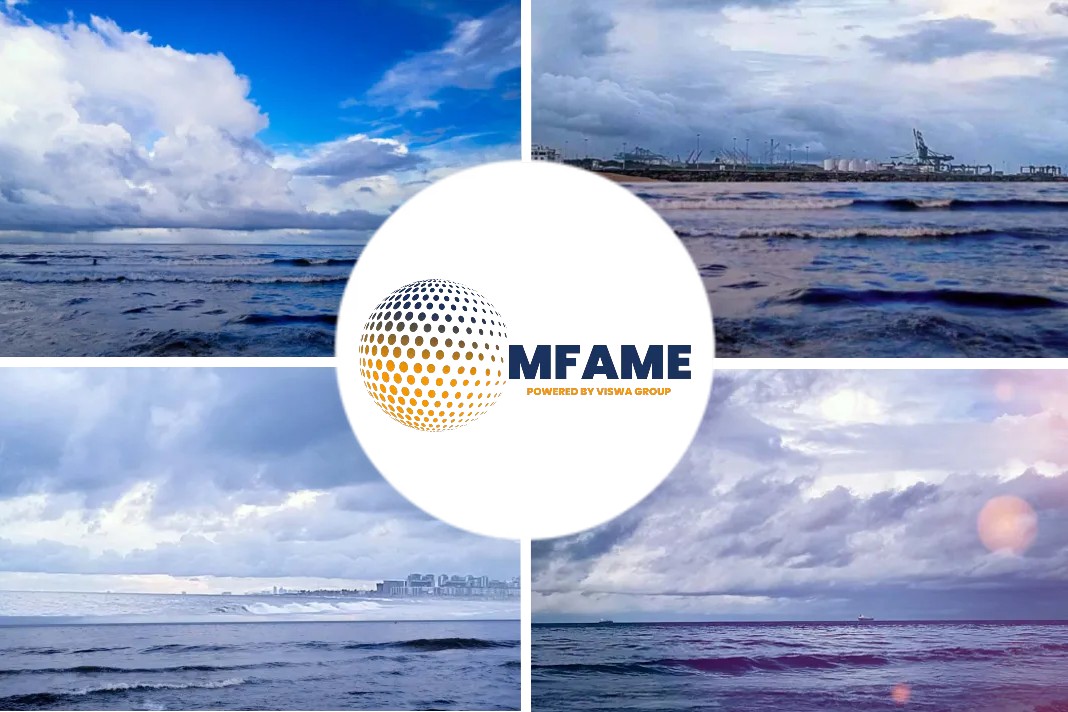
- Climate change is increasingly becoming a threat to shipping on Germany’s rivers. The most important waterway, the Rhine, is also affected.
- BASF four years ago, faced with the bleak prospects for water levels, began developing a tanker that could operate in extremely low water levels and carry heavy payloads.
- The special feature of the new BASF tanker begins with the hull of the ship. This was built in lightweight construction.
With a tanker that is longer than a football field, the chemical company BASF is arming itself against the frequently occurring low water. The ship is extremely stable and has a payload of 2300 tons. The highlight: Its drive system offers a special option.
New flagship
It is not difficult to distinguish the Stolt Ludwigshafen from other ships on the Rhine. With a width of 17.5 meters, the ship belonging to the chemical company BASF appears to be much more robust than other ships.
And the length is great too. At 135 meters, the ship exceeds the lateral dimensions of a soccer field by more than 30 meters.
There is a good reason why Germany’s largest chemical company had its new flagship built in the XXL dimension: the wide shape and the resulting increased carrying capacity are intended to ensure that the ship’s extreme low water through the Rhine can drive and transport the group’s products.
Climate change
Climate change is increasingly becoming a threat to shipping on Germany’s rivers. The most important waterway, the Rhine, is also affected.
BASFBayer or Covestro are also key companies in the domestic industry that rely on ship transport.
Shipping on the Rhine has often been affected by low water in the past. The drought was particularly pronounced in around 2018. But last year too, a water level of just four centimeters was measured near the Dutch border.
Tanker operating in low water levels
BASF four years ago, faced with the bleak prospects for water levels, began developing a tanker that could operate in extremely low water levels and carry heavy payloads.
It was built by the Stolt Tankers shipping company in cooperation with the Mercurius Shipping Group and the development center for ship technology and transport systems.
The low-water ship Stolt Ludwigshafen was finally inaugurated on Friday. “The new flagship forms an essential part of our climate resilience measures and ensures the supply of our customers and production sites,” said Uwe Liebelt, President of BASF’s European Verbund Site.
Special features of new flagship
But what can the Stolt Ludwigshafen do that other ships cannot do to maneuver through low tide without being damaged? The special feature of the new BASF tanker begins with the hull of the ship.
This was built in lightweight construction. As a result, it has a particularly high level of stability – which increases the cargo capacity.
In addition, the hull is hydrodynamically optimized. The propulsion system is also specially designed for extremely low water.
The payload of the tanker is around 2300 tons. That corresponds to twice the payload of one conventional barge. The maximum lifting capacity of the Stolt Ludwigshafen is 5100 tons.
Engines with an optimized ecological footprint
But how much cargo can the ship transport at extremely low tide? The point on the Rhine near Kaub, where the water level can be particularly low, serves as a yardstick for this.
However, the Stolt Ludwigshafen should be able to pass the point even with cargo even at low tide.
The ship can navigate with a payload of 800 tons even at a water level of 30 centimeters – which corresponds to a water depth of 1.60 meters.
The ship is powered by three electric motors fed by the latest generation of highly efficient Stage V diesel generators with exhaust aftertreatment.
The motors ensure high efficiency and thus an optimized ecological footprint. CO₂ emissions are reduced by around 30 percent compared to comparable ships, and nitrogen oxide emissions by as much as 80 percent.
In addition, the diesel generators installed in the ship can be converted to run on methanol fuel. In principle, the use of other types of generators such as hydrogen fuel cells is also possible.
Did you subscribe to our Newsletter?
It’s Free! Click here to Subscribe.
Source: Breaking Latest






















